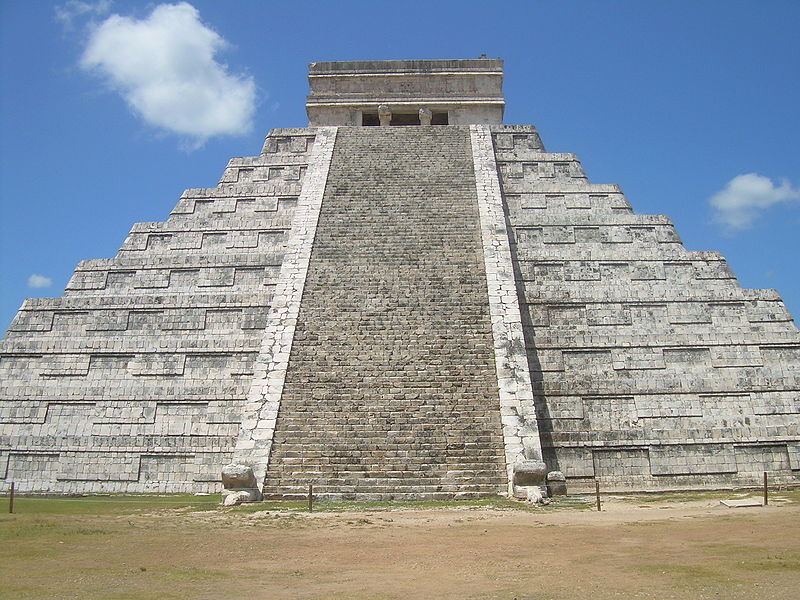
Sorry for the long wait between posts, I took a break over Christmas and New Year. Thought I'd catch up with a great story about Stonehenge from while I've been away - the finding by Rupert Till, an expert in acoustics and music technology at Huddersfield University, that the ancient stone monument is perfectly designed to amplify certain sounds, even producing a "repetitive trance rhythm" in some circumstances. Till thinks that the builders of Stonehenge purposely shaped and positioned the stones for the best possible acoustics. The story was covered first in the Yorkshire Post on 2 January, then made international news over the past few days, somehow morphing into the idea that Stonehenge was a "concert venue" or (according to MSNBC) a "totally awesome rave location".
Some of the more extreme headlines are rather ridiculous - archaeologists don't think that the primary purpose of Stonehenge was music. But the events going on there would certainly have involved sound, and the idea that neolithic Britons finetuned the acoustics of their monuments isn't surprising, according to Dave Batchelor, who is an archaeologist working at the Stonehenge site. He told 24 Hour Museum: "The use of music, drums and those types of instruments is well-known from archaeological records going back tens of thousands of years to Paleolithic cave art. People were making simple flutes and rums out of animal and bird longbones and things like that."
There are also lots of other examples of ancient monuments that incorporated sound. Rock art expert Steven Waller has taken sound recordings of echoes at more than 300 archaeological sites in France, Australia and the US. At many of them, including Horseshoe Canyon in Utah and Hieroglyphic Canyon in Arizona, he has found that rock paintings tend to be located where the echoes are most intense. He thinks that the artists interpreted the eerie natural sound effects as the spirits speaking to them, and that this motivated them to create the paintings.
Thomas Ault of Indiana University, Pennsylvania, thinks that an elaborate two-storey structure in Orissa, India, that dates from the third century BC (previously interpreted as a place for meditation) is actually a theatre, after measuring its acoustics and finding that a person speaking anywhere on the "stage" area (but nowhere else) can be heard clearly throughout the site.
And then there's my favourite - acoustic expert David Lubman has studied the Mayan site at Chichen Itza in Mexico, and believes that the Mayans designed the staircase of the main pyramid (pictured) so that its echo sounded like the chirp of their sacred bird, the quetzal. Click here to listen to two quetzal chirps, followed by the echoes of two handclaps at the pyramid.
The sad news is that at many sites, these ancient sound effects aren't recognised, let alone protected, so they are being lost through erosion, vandalism, noise pollution and alterations. The amplification that Till discovered no longer works at Stonehenge, for example. He only discovered it after visiting a full-size concrete replica of the monument in Maryhill, Washington.